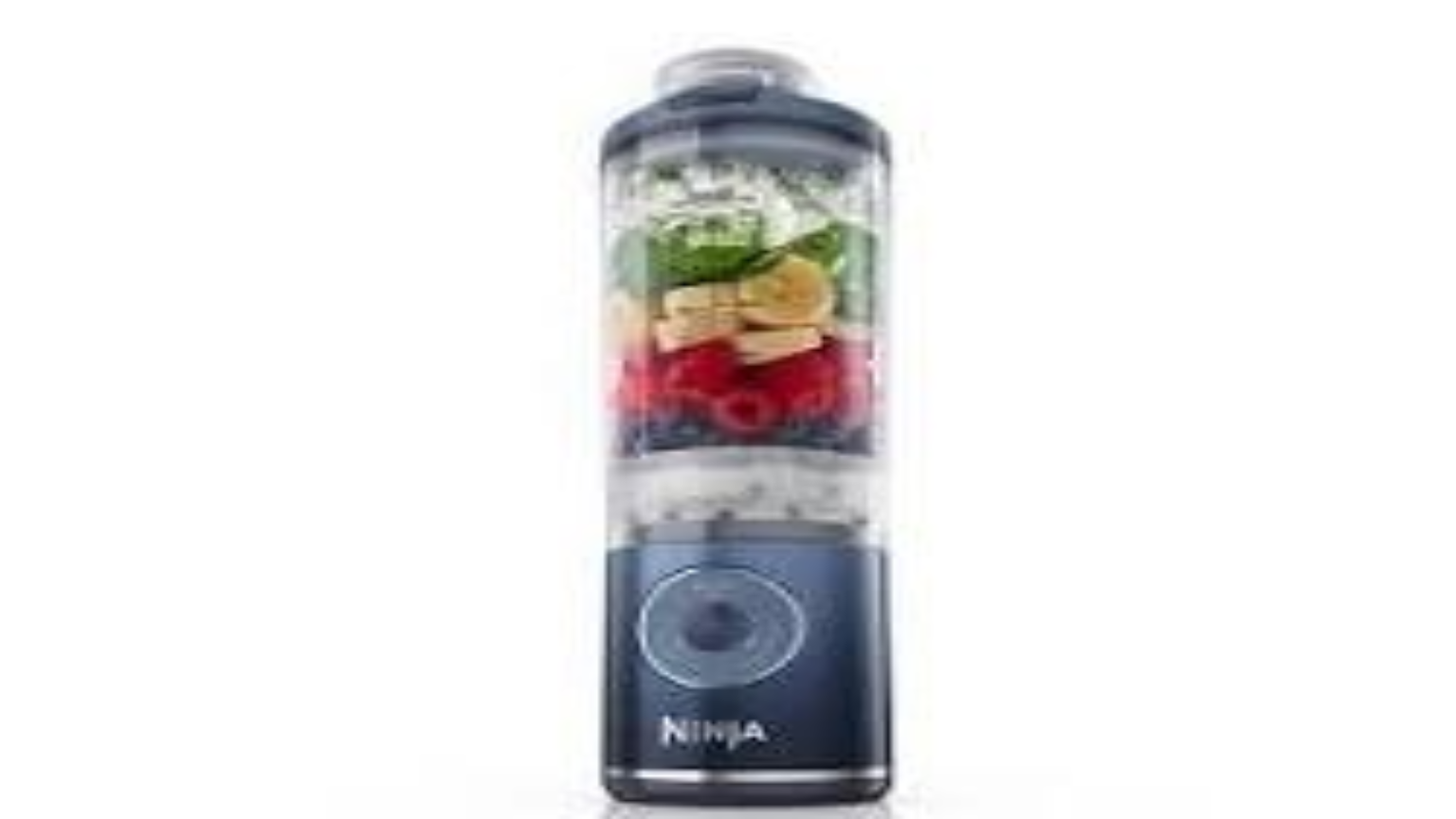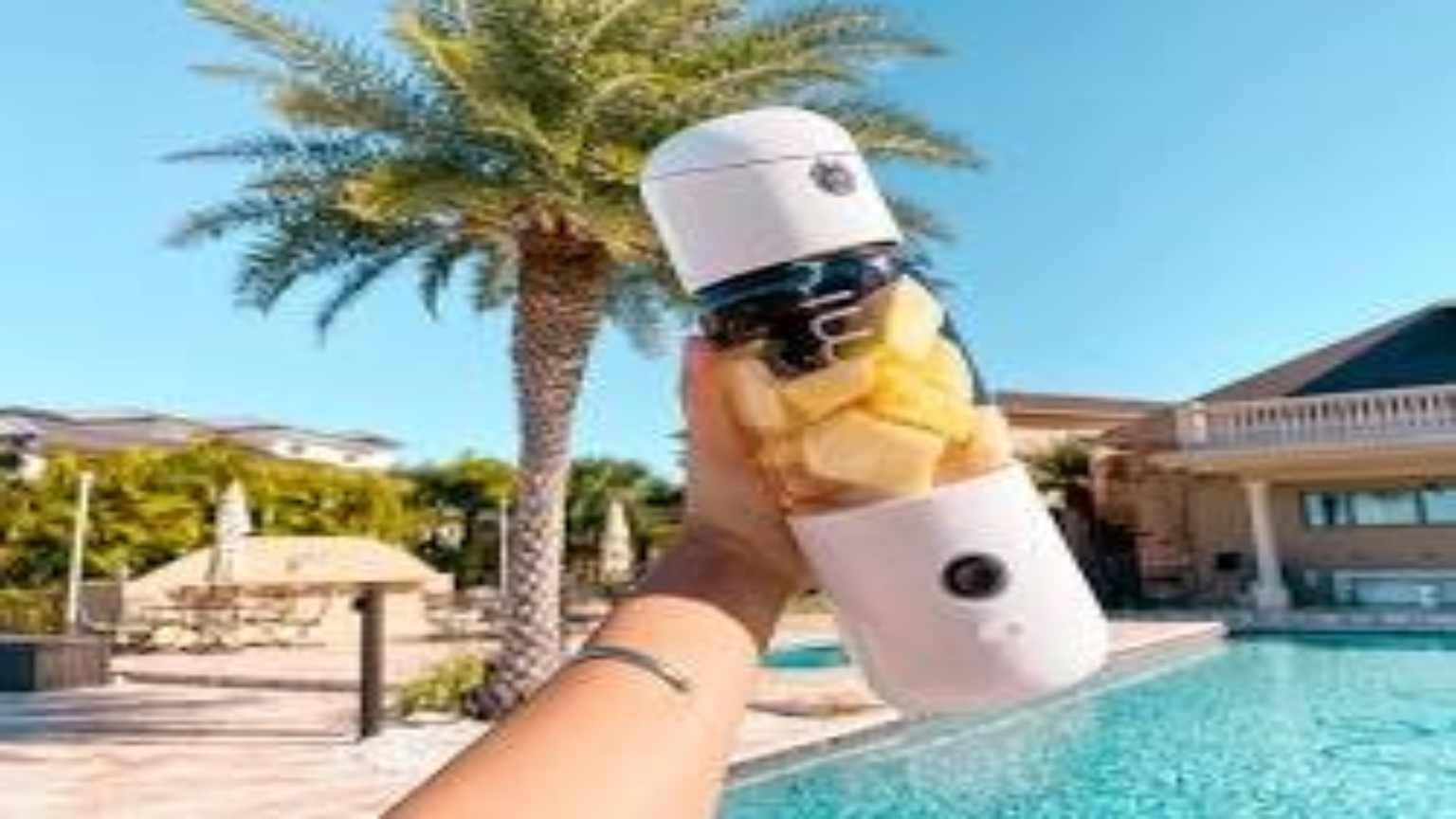Portable Blenders Guide makes it easy to choose the right mini blender. Explore powerful, rechargeable, and travel-friendly for daily use.
When I first heard about compact, cordless blenders, I admit I was skeptical. Could such a small device really crush frozen berries and kale? And why would anyone need to blend outside the kitchen?
After testing over a dozen models myself, I’ve realized these little machines are more than a novelty. They’re practical, space-saving, and surprisingly powerful. Whether I’m rushing to work, taking a road trip, or camping in the woods, I rely on my compact blender for smoothies, protein shakes, and chilled beverages.
Here’s what you’ll get from this guide:
- How these mini devices differ from traditional personal blenders
- Benefits and who should use them
- Features I always look for before buying
- My favorite models after hands-on testing
- Tips for using and maintaining them
- Guidance on choosing the right one for your lifestyle
- Creative applications beyond smoothies
What Makes a Mini Blender Different?

Unlike standard kitchen appliances, these devices run on rechargeable batteries. I don’t need an outlet, which makes them perfect for travel, office desks, or even camping trips.
They’re smaller, lighter, and often have removable cups, so I can blend and sip from the same container. While they may not match the raw power of a full-sized machine, most can handle frozen fruits, leafy greens, and even ice cubes, making them surprisingly versatile.
Internal Link: For a deeper dive, see my [personal vs. portable blender comparison].
Why I Love Using a Compact Blender
Convenience
I can whip up a smoothie anywhere. Mornings at home, lunch breaks at work, or even in a hotel room —Portable Blenders Guide on the go is effortless.
Health & Nutrition
Having a mini device encourages me to stick to healthy routines. Frozen berries, a handful of spinach, and a scoop of protein powder quickly become a nutrient-packed shake.
Cost Saving
I no longer rely on overpriced smoothies from stores. Blending my drinks anywhere saves money and allows me to control what goes into my cup — no hidden sugar or additives.
Space-Saving
For small apartments or shared kitchens, a compact blender doesn’t hog counter space. I can store it in a cabinet or toss it in a backpack when traveling.

Features I Always Check
Motor Strength and Performance
Early models struggled with ice or fibrous greens. I now focus on compact devices with strong motors that handle a variety of ingredients without overheating.
Battery & Charging
Most models last 15–20 minutes per charge. Removable batteries are convenient for multiple drinks in a row, and USB-C charging is my personal favorite.
Jar Size and Style
I usually go for 18–22-ounce jars. Large enough for a full serving, yet still portable. Removable cups let me blend and sip without washing extra parts.
Durability & Safety
I avoid flimsy plastics. BPA-free materials or stainless-steel jars give me confidence. Auto-shutoff and secure lids are a must, especially when I’m multitasking.
Cleaning and Maintenance Features
Dishwasher-safe cups, easy-to-remove blades, and smooth surfaces make cleanup less of a chore. I always look for models that don’t require a full disassembly just to rinse.
Top Models I’ve Tested
Ninja Blast Max – Best Overall

Pros: Multiple modes (Blend, Crush, Smoothie), removable jar, comfortable flip-top lid.
Cons: Slightly heavier, struggles with curly kale.
My Take: My go-to for morning protein shakes. Twists off easily, dishwasher-safe, and convenient for sipping.
Nutri Bullet Flip – Best Value
Pros: Stainless steel jar, insulated, flip-top lid.
Cons: Heavy, smaller drinking spout.
My Take: Portable Blenders Guide Great for cold drinks. I just avoid overloading with frozen chunks.
KitchenAid Go Cordless – Best for Cordless Convenience
Pros: Removable rechargeable battery, compact, strong enough for most smoothies.
Cons: Limited ice-crushing power.
My Take: Swapping batteries mid-blend is a game-changer for busy mornings.
Beast GO Cordless – Best for Smoothies
Pros: Lightweight, sleek design, powerful performance.
Cons: Not ideal for frozen cocktails.
My Take: Smoothies and shakes come out perfectly blended. The sipping lid makes it easy to enjoy anywhere.
Internal Link: See my [full lab test results] for a detailed breakdown.
How I Use My Compact Blender

- Cut fruits and vegetables into smaller pieces — saves both time and battery.
- Add liquid first — ensures smooth blending.
- Use pulse mode for dense ingredients like kale or frozen berries.
- Twist off the cup and sip directly — less washing, more convenience.
- Rinse immediately to prevent residue buildup.
Light humor: Yes, I’ve tried blending a frozen banana that was basically a block of ice. Lesson learned — smaller chunks work best.
Maintenance & Cleaning
- Most jars are dishwasher-safe.
- Use the cleaning brush for the blades.
- Avoid hot liquids to prevent leaks or accidents.
- Store dry and fully charged to prolong battery life. Occasionally check seals and gaskets for wear, ensuring a spill-free experience. Choosing Between Travel-Friendly and Personal Blenders Not all personal blenders are portable. Personal models usually plug into a wall outlet and have more power, but they’re less convenient for travel or office use. Compact devices rely on rechargeable batteries, are cordless, and excel in portability, even if they can’t always crush frozen cocktails as efficiently. Internal Link: Check my [personal vs. portable blender guide] for details.
Buying Guide: Pick the Right Model
- For commuters: Lightweight, spill-proof lids, fits cup holders.
- For fitness enthusiasts: Strong motor for greens and powders.
- For travelers: USB-C charging, removable battery, durable jar.
- For home use: Larger jars, multiple blending modes, easy cleanup.
- For families: Consider slightly larger cups or multiple blending jars for shared use.
Frequently Asked Questions
Can it crush ice? Most modern models can, but performance varies. Smaller cubes work best.
Is it dishwasher safe? Usually, removable jars are safe.
Can it handle hot liquids? Not recommended; pressure can cause leaks.
- Battery life? Typically, 15–20 minutes. Best for smoothies? Ninja Blast Max and Beast GO are my top picks. Can it be used for other recipes? Absolutely! I’ve made protein pancake batter, salad dressings, and even small batches of soups (once cooled).
Tips for Maximum Use
- Freeze fruits in small portions for quicker blending.
- Add liquids first to avoid clogs.
- Clean immediately for hygiene and performance.
- Use pulse mode for tough ingredients.
- Rotate jars and blades periodically to maintain sharpness.
- Invest in reusable straws for convenience on the go.
Extra Lifestyle Applications
Travel & Outdoor Use

I carry prepped ingredients in a small cooler bag during trips. It makes making smoothies in a hotel room, on a road trip, or even at a campsite easy and mess-free.
Meal Prep
I prepare smoothie packs in advance, storing them in jars. All I need is to add liquid, blend, and I have a ready-to-go breakfast or snack.
Creative Recipes
Beyond smoothies, I’ve experimented with:
- Overnight oats
- Protein pancake batter
- Salad dressings
- Baby food puree
- Cold coffee and iced lattes
These applications make my portable Blenders Guide surprisingly versatile for everyday life.
My Personal Recommendations
- For Maximum Convenience: Ninja Blast Max – perfect for office or travel.
- Best Budget-Friendly Option: Nutri Bullet Flip – durable, insulated, and reliable.
- Cordless Enthusiast Favorite: KitchenAid Go Cordless – easy to charge and swap batteries.
- Smoothie Lovers’ Choice: Beast GO Cordless – produces creamy textures consistently.
Conclusion
Compact blenders have earned a permanent spot in my kitchen bag. They’re not just a gimmick — they’re practical, versatile, and surprisingly efficient. From busy mornings to camping trips, they make it easy to enjoy fresh drinks anytime.
CTA: Ready to find your perfect model? Explore my [detailed reviews] and pick the one that fits your lifestyle. Your mornings (and smoothies) will thank yo